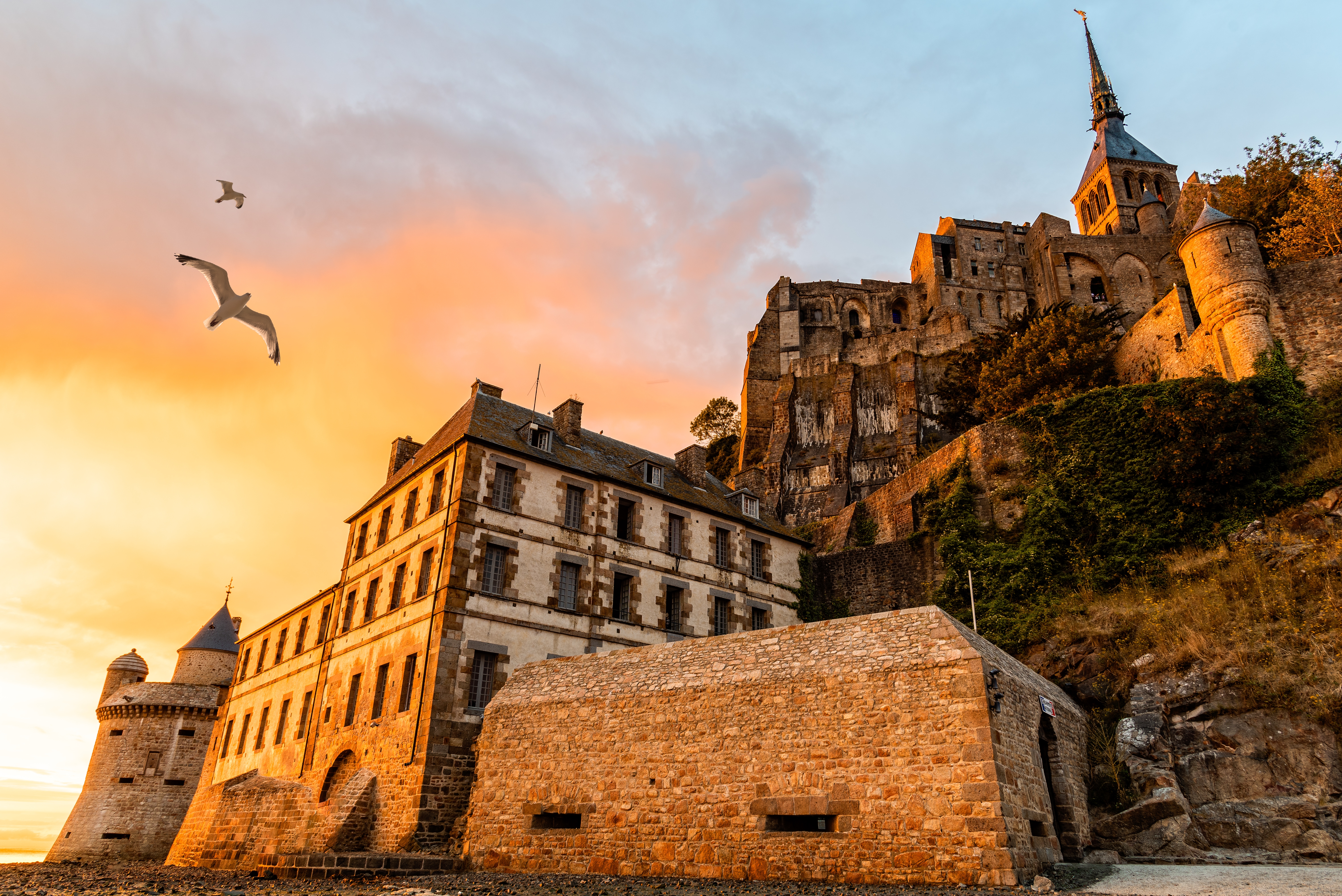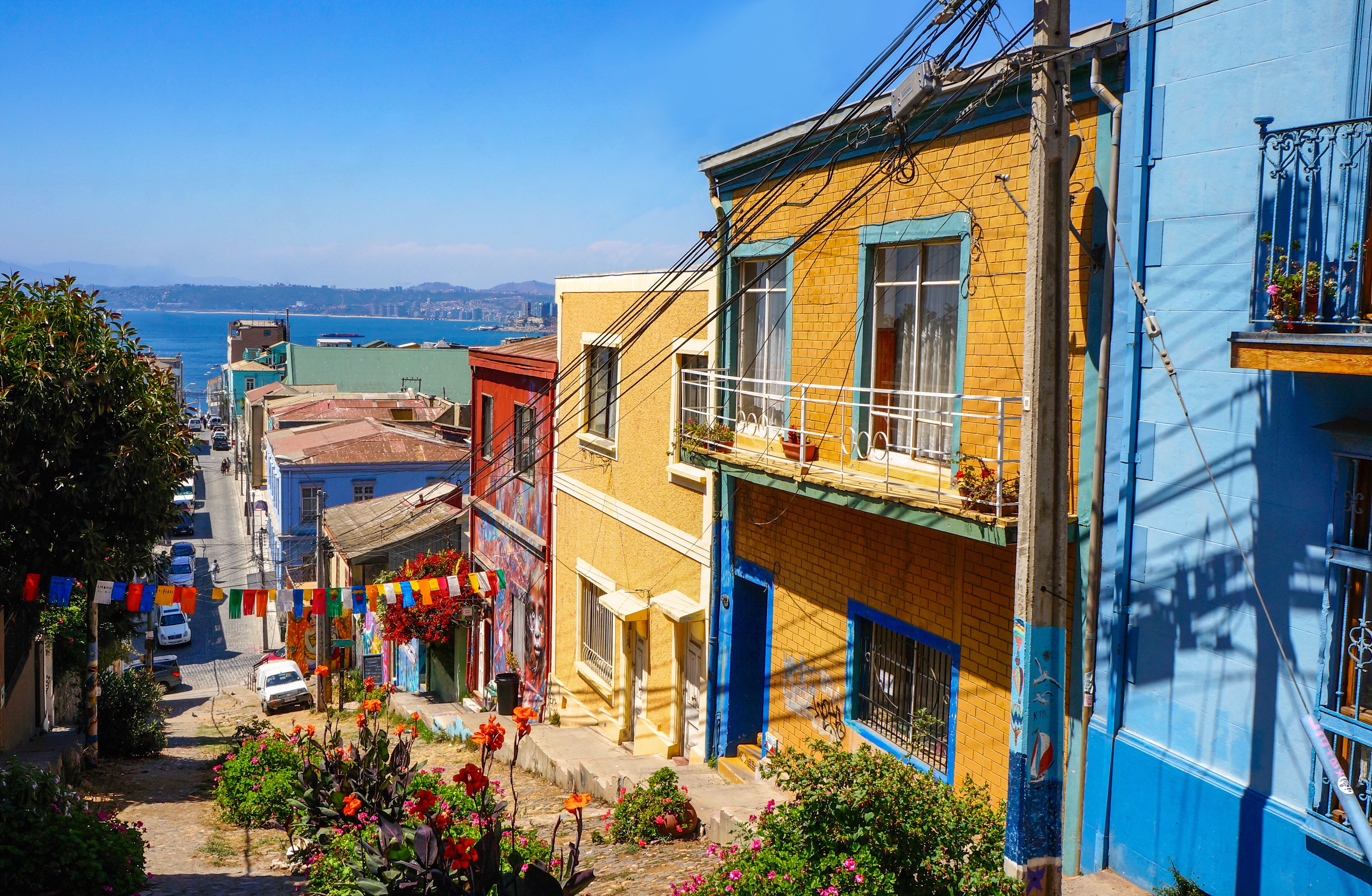21 Stunning Train Stations That Look More Like Cathedrals
Forget bustling depots as mere points A to B. Imagine stepping into gateways of grandeur, where soaring arches rival ancient naves and intricate details whisper tales of journeys past and future. These are the world's "cathedrals of transit"—awe-inspiring architectural marvels that elevate travel to an art form. We've now expanded our journey to explore 21 such breathtaking train stations, each a stunning testament to human creativity, blending history, culture, and innovative design. Prepare to marvel at structures so magnificent, they command you to pause, look up, and appreciate that sometimes, the most inspiring part of the journey is the station itself. These aren't just stops; they're destinations in their own right.
1. Antwerp Central Station: A Jewel of Belgium
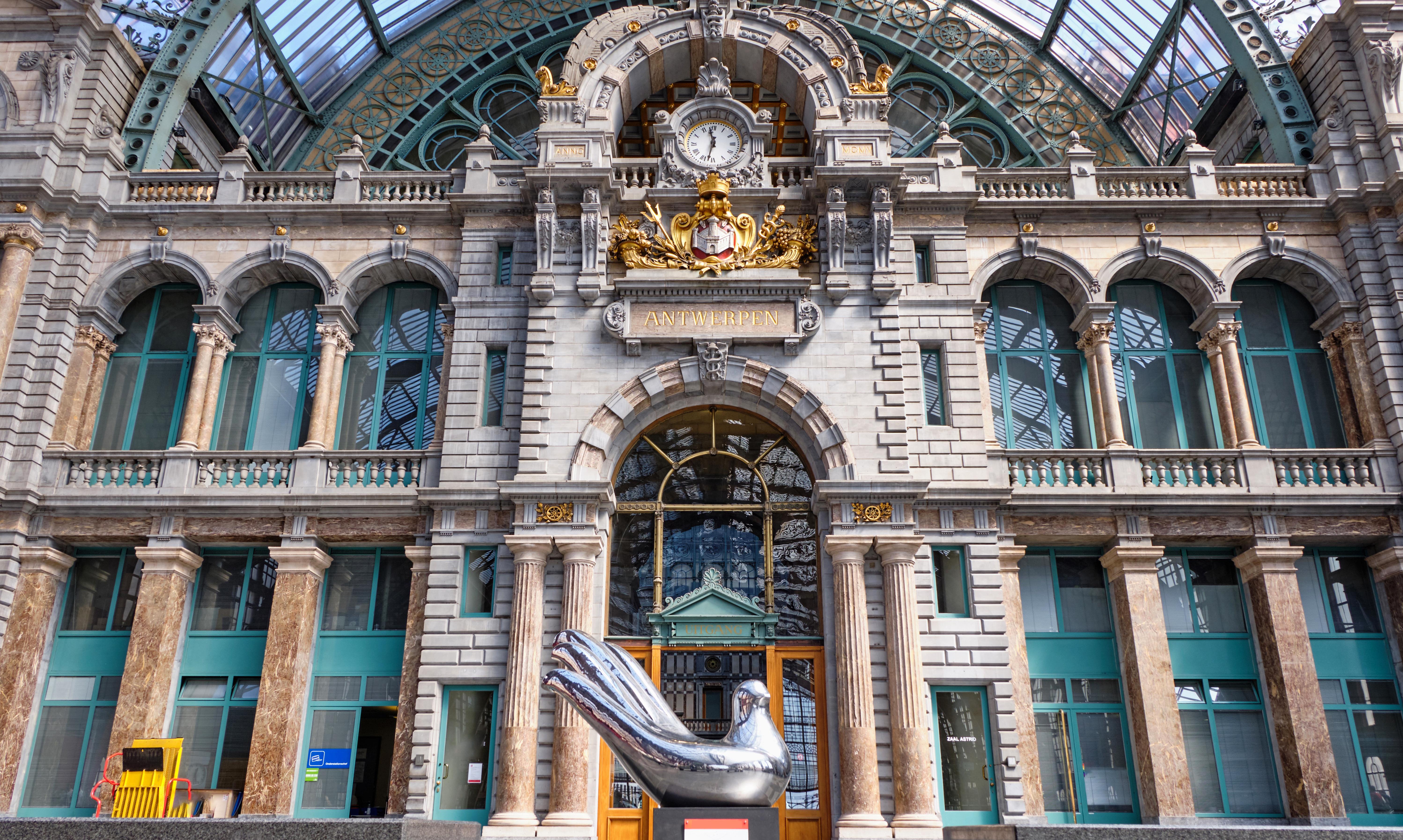
Antwerp Central Station, often referred to as the "Railway Cathedral," is a stunning example of architectural brilliance. Constructed between 1895 and 1905, this Belgian masterpiece combines elements of Gothic, Renaissance, and Baroque styles. The station's grand dome and intricate iron and glass vaulted ceiling create a sense of awe akin to entering a grand cathedral. The facade, adorned with ornate stonework and sculptures, tells stories of Belgium's rich history. Antwerp Central is not merely a place for boarding trains; it is a cultural landmark that reflects the city's artistic heritage. Its recent renovations have preserved its historic charm while incorporating modern amenities, ensuring it remains a functional yet inspiring space for travelers. The station's blend of old-world elegance and modern functionality exemplifies how architecture can transcend time, offering a space where past and present converge seamlessly.
2. St. Pancras International: London’s Gothic Revival

St. Pancras International in London is a marvel of Victorian Gothic architecture. Originally opened in 1868, the station was designed by Sir George Gilbert Scott, who infused it with a sense of grandeur and elegance. The red-brick facade, towering spires, and ornate detailing evoke the essence of a Gothic cathedral. Inside, the vast train shed, with its sweeping iron and glass roof, creates a light-filled space that feels both sacred and welcoming. This station has played a crucial role in connecting London with continental Europe, especially with the advent of the Eurostar service. The 21st-century restoration preserved its historic elements while introducing modern facilities, making it a hub of transportation and culture. St. Pancras International stands as a testament to the enduring power of Gothic architecture, offering travelers a majestic gateway to the city.
3. Grand Central Terminal: New York’s Beaux-Arts Masterpiece
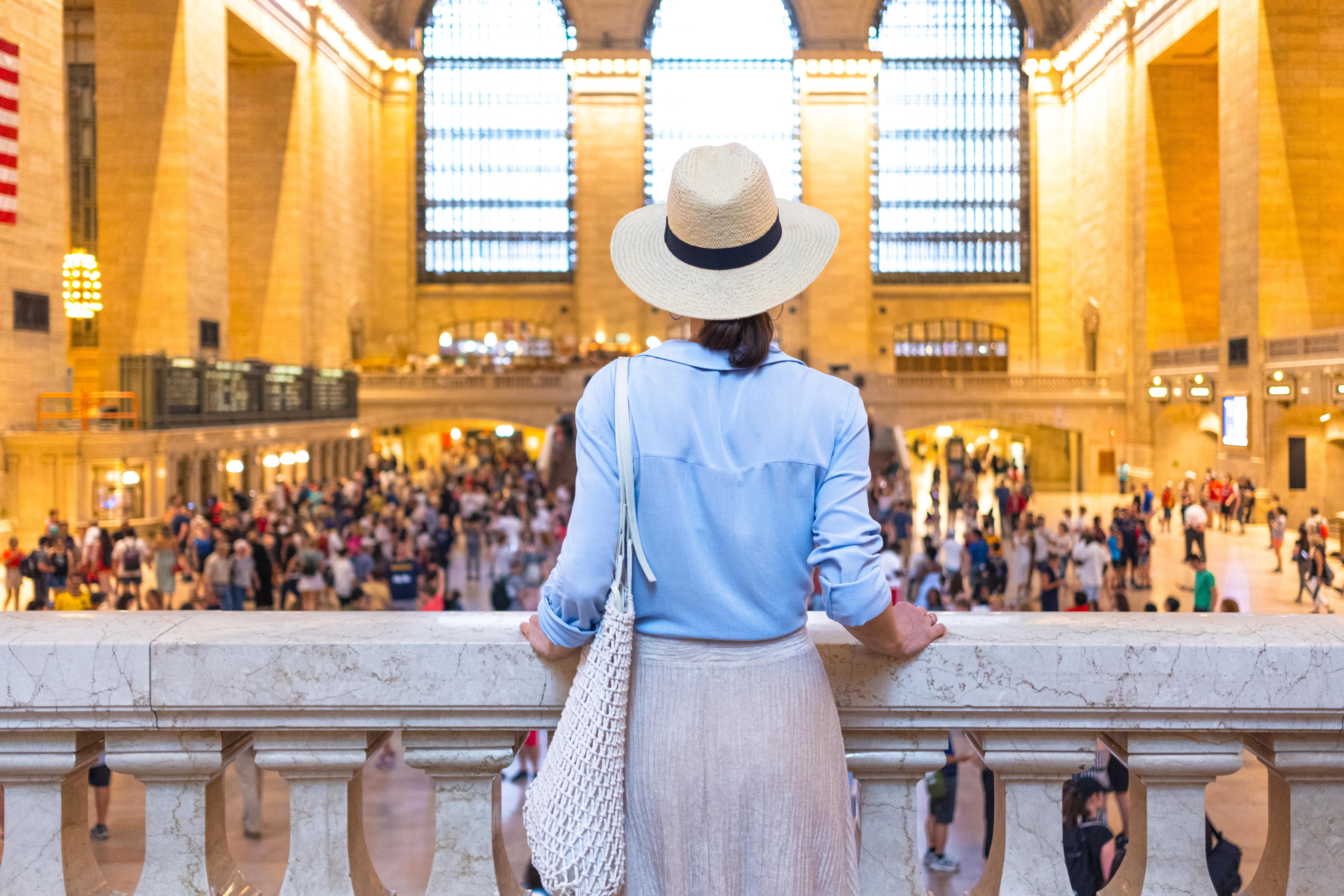
Grand Central Terminal in New York City is a Beaux-Arts masterpiece that captures the spirit of early 20th-century America. Opened in 1913, the terminal's grand concourse, with its celestial ceiling mural, evokes the grandeur of a cathedral. The station's design, by architects Reed and Stem and Warren and Wetmore, emphasizes symmetry, opulence, and classical proportions. Grand Central is not just a transportation hub; it is a cultural icon that has appeared in countless films and books, symbolizing the hustle and bustle of New York City. Its preservation and restoration efforts have maintained its architectural integrity while adapting to modern needs. The terminal's unique blend of history, art, and functionality makes it a must-visit for anyone exploring the architectural wonders of the city. Grand Central Terminal is a reminder of the golden age of rail travel and the enduring allure of timeless design.
4. Gare de Lyon: Parisian Elegance and Artistry
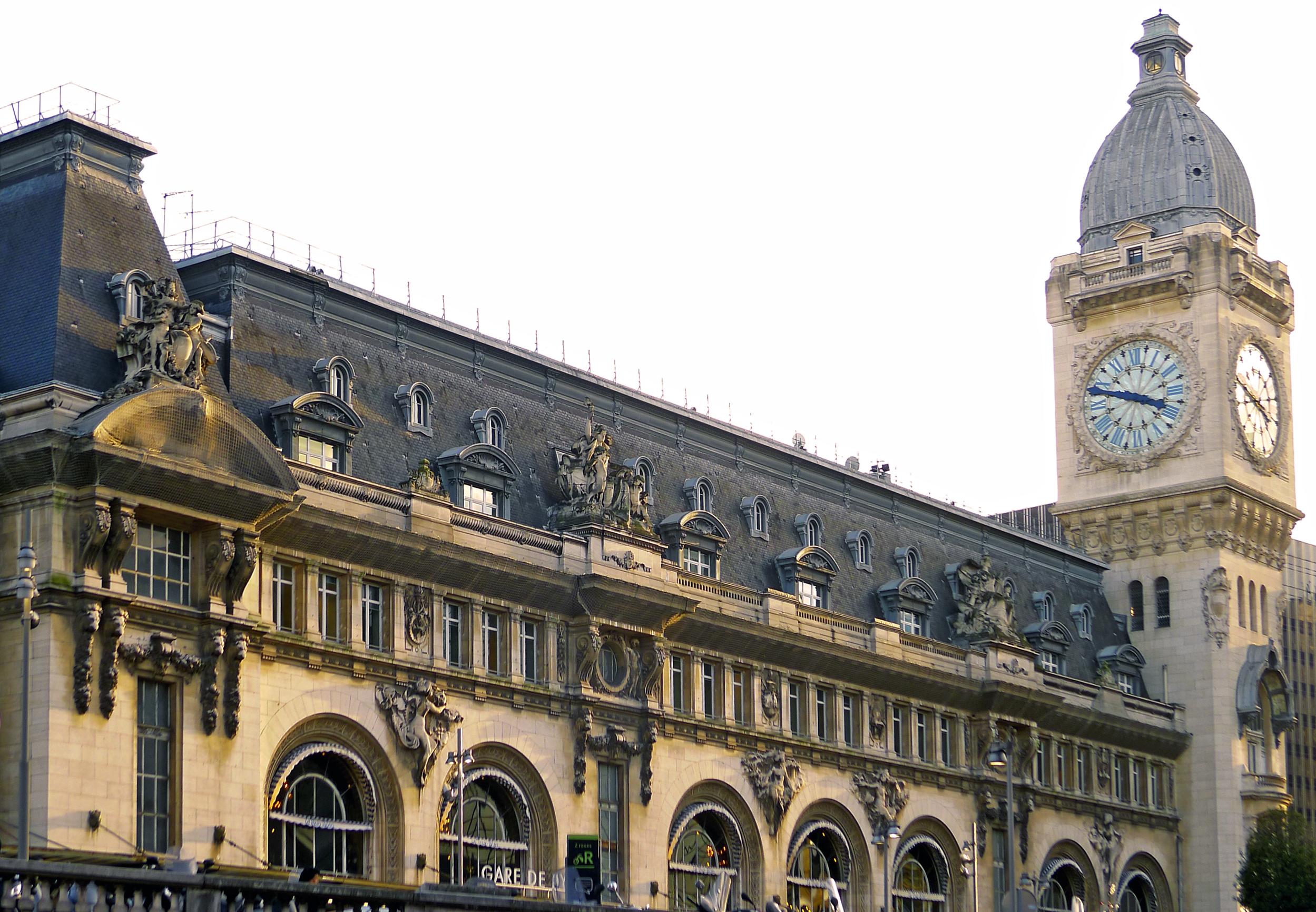
Gare de Lyon in Paris is a testament to French elegance and artistry. Opened in 1900 for the Exposition Universelle, the station showcases the grandeur of Belle Époque architecture. The iconic clock tower and ornate facade resemble a cathedral, inviting travelers to explore its artistic treasures. Inside, the lavish Le Train Bleu restaurant, with its opulent decor and frescoes, offers a glimpse into the past, where luxury and travel went hand in hand. Gare de Lyon serves as a vital link between Paris and the south of France, embodying the romance of train travel. Its architectural beauty and historical significance make it a beloved landmark in the city. The station's ability to blend functionality with artistic expression highlights the importance of aesthetics in public spaces, offering a serene yet grand environment for travelers.
5. Chhatrapati Shivaji Maharaj Terminus: India’s Architectural Gem
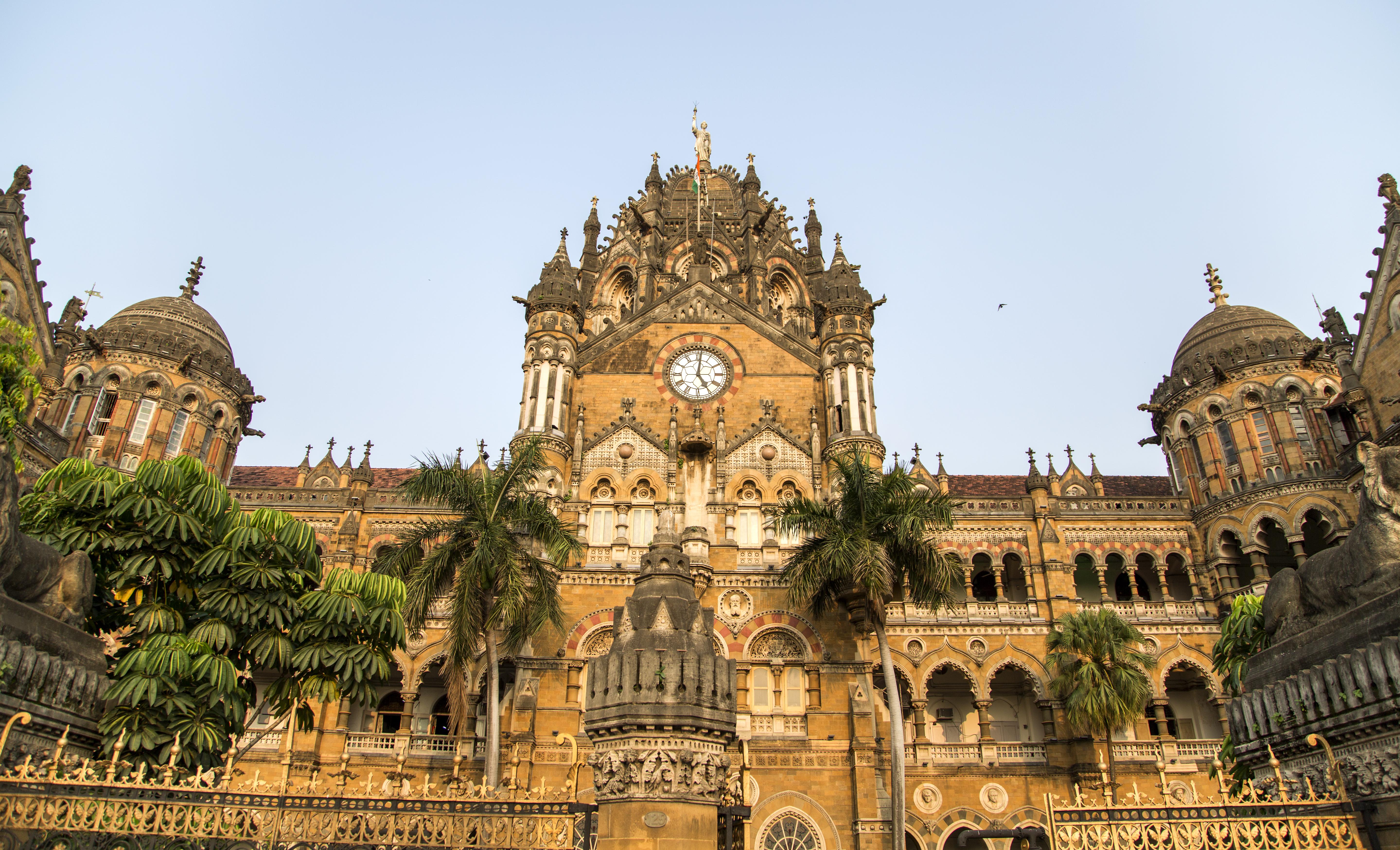
Chhatrapati Shivaji Maharaj Terminus in Mumbai, formerly known as Victoria Terminus, is a UNESCO World Heritage Site and a stunning example of Victorian Gothic Revival architecture. Designed by British architect Frederick William Stevens, the station opened in 1887 to commemorate Queen Victoria's Golden Jubilee. Its design incorporates elements of traditional Indian architecture, creating a unique fusion that resembles a grand cathedral. The station's turrets, pointed arches, and intricate stone carvings evoke a sense of majesty and cultural richness. As one of India's busiest railway stations, it serves as a vital transportation hub while standing as a symbol of Mumbai's colonial past and vibrant present. The station's architectural grandeur and historical significance make it a must-visit for anyone interested in the intersection of history, culture, and design.
6. Helsinki Central Station: Finland’s National Treasure
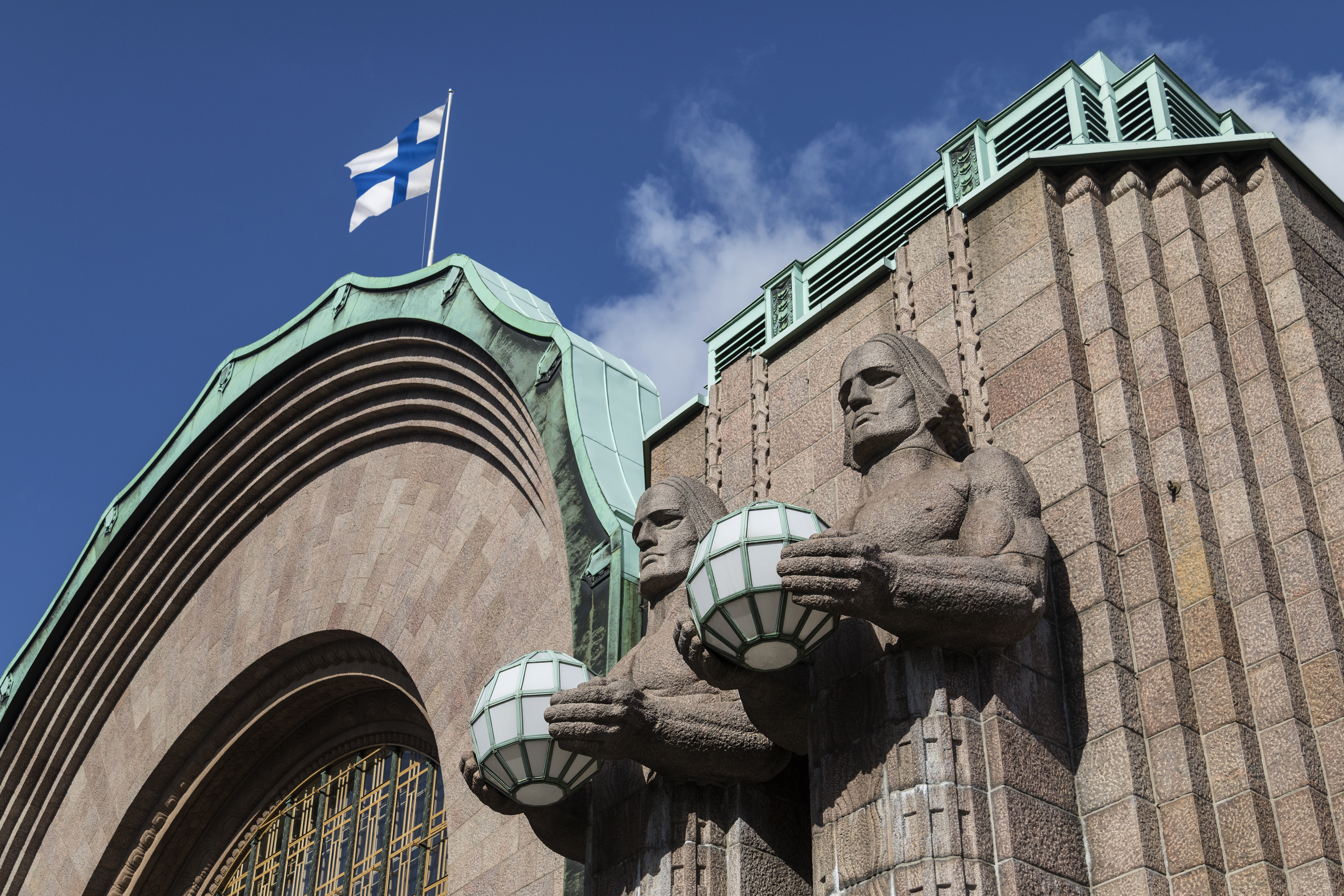
Helsinki Central Station is a national treasure of Finland, known for its striking Art Nouveau architecture. Designed by Eliel Saarinen and completed in 1919, the station is characterized by its monumental granite facade, clock tower, and distinctive statues known as the "Lantern Carriers." The interior, with its high ceilings and elegant details, creates a serene and welcoming atmosphere reminiscent of a cathedral. Helsinki Central is not only a transportation hub but also a cultural landmark that hosts events and exhibitions, reflecting the city's commitment to art and community. The station's design emphasizes functionality and beauty, offering a space where travelers can experience the harmony of architecture and nature. Its enduring appeal and significance in Finnish culture make it a beloved icon and a testament to the power of thoughtful design.
7. Kanazawa Station: Japan’s Fusion of Tradition and Modernity
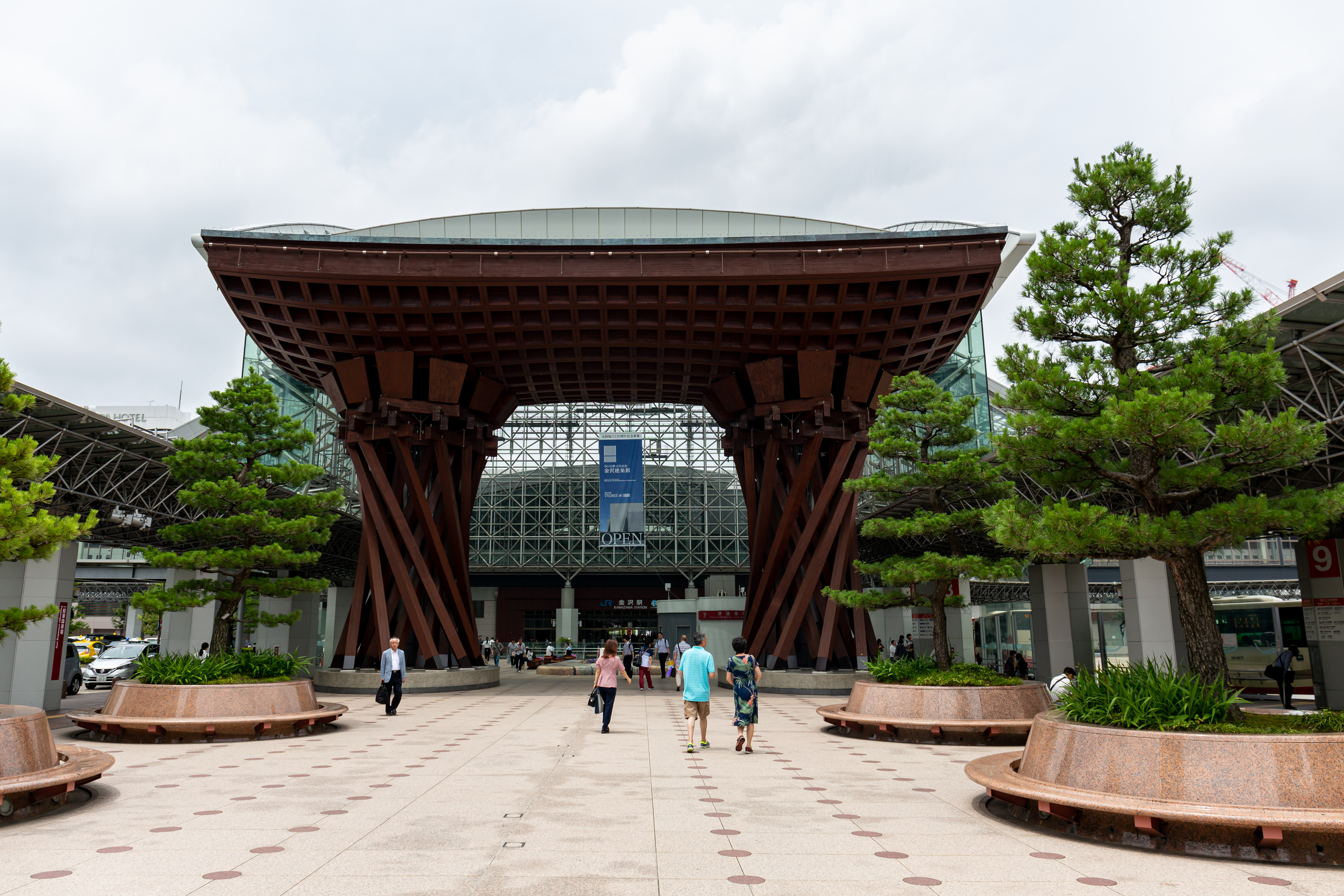
Kanazawa Station in Japan is a stunning example of how traditional and modern design can coexist harmoniously. The station's most iconic feature is the Tsuzumi Gate, inspired by traditional Japanese hand drums, which serves as a grand entrance reminiscent of a temple or shrine. The Motenashi Dome, a massive glass and steel structure, creates a light-filled space that welcomes travelers with open arms. Kanazawa Station reflects the city's rich cultural heritage while embracing contemporary design, offering a space that feels both sacred and innovative. The station's commitment to blending tradition with modernity highlights the importance of cultural preservation in a rapidly changing world. As a gateway to the historic city of Kanazawa, the station invites travelers to explore its artistic treasures and natural beauty, serving as a symbol of the city's past and future.
8. São Bento Station: Portugal’s Artistic Marvel
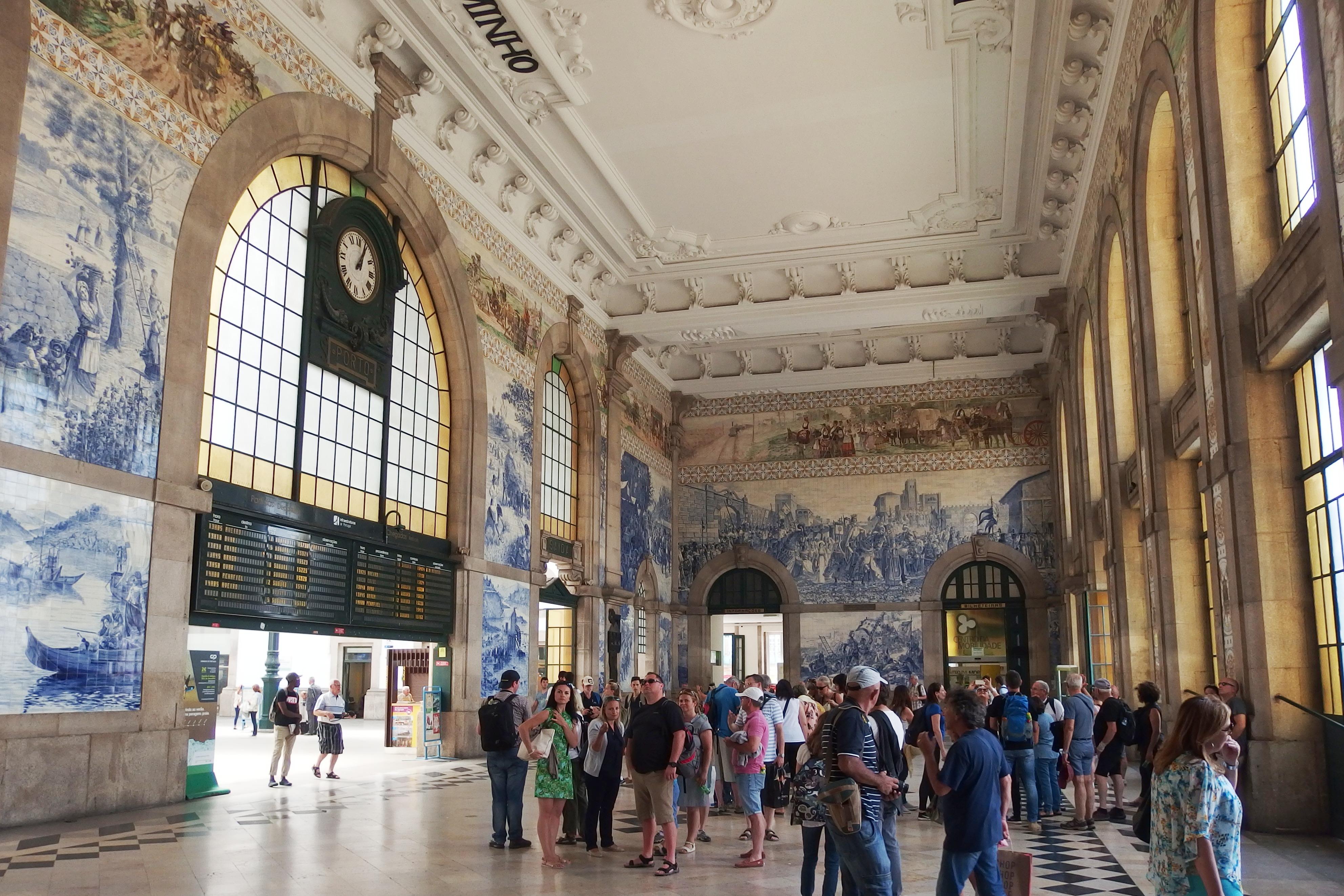
São Bento Station in Porto, Portugal, is renowned for its stunning azulejo tilework, which transforms the station into a work of art. Opened in 1916, the station's interior features over 20,000 hand-painted tiles depicting scenes from Portuguese history and culture. The intricate blue and white tiles create a sense of grandeur and storytelling reminiscent of a cathedral's stained glass windows. São Bento is not just a transportation hub; it is a cultural landmark that celebrates Portugal's artistic heritage. The station's ability to blend functionality with artistic expression makes it a unique and inspiring space for travelers. Its rich history and architectural beauty invite visitors to pause and appreciate the artistry that surrounds them, offering a glimpse into the soul of Porto.
9. Estación de Madrid Atocha: Spain’s Tropical Oasis
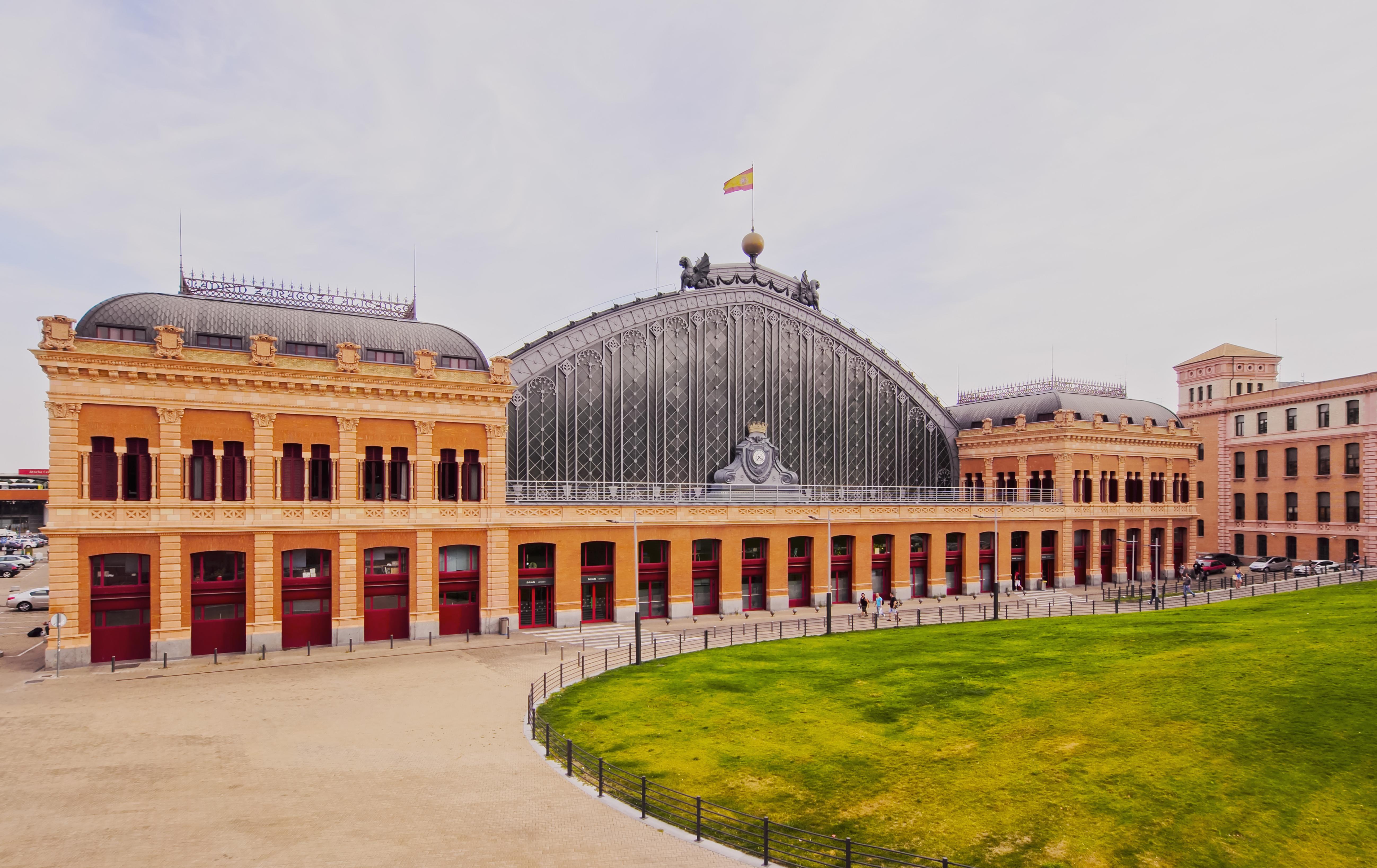
Estación de Madrid Atocha is Spain's largest railway station and a tropical oasis in the heart of Madrid. The station's historic section, designed by Alberto de Palacio, features a stunning iron and glass canopy that resembles a cathedral nave. Inside, a lush tropical garden with over 7,000 plants creates a serene and enchanting atmosphere, offering travelers a moment of tranquility amidst the hustle and bustle. Atocha's blend of historical architecture and natural beauty makes it a unique and captivating space. The station's commitment to creating a harmonious environment highlights the importance of incorporating nature into urban design. As a major transportation hub, Atocha connects Madrid with the rest of Spain and beyond, serving as a gateway to the country's rich cultural and natural treasures.
10. Milan Central Station: Italy’s Grand Portal
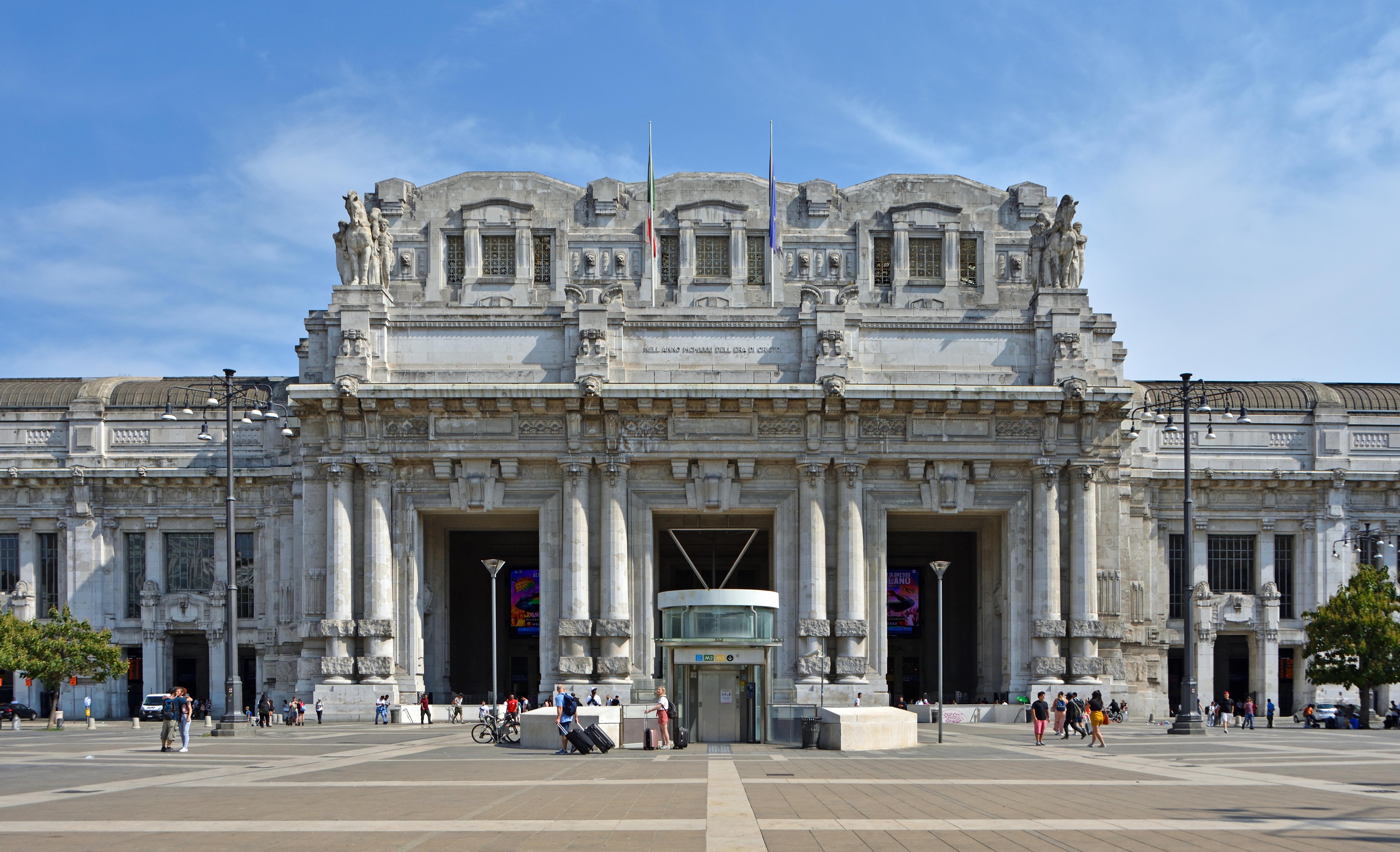
Milan Central Station is a grand portal to Italy, known for its monumental architecture and elegant design. Opened in 1931, the station's facade features towering columns, intricate sculptures, and Art Deco details that evoke the grandeur of a cathedral. The vast interior, with its high ceilings and expansive halls, creates a sense of awe and majesty. Milan Central is not just a transportation hub; it is a cultural icon that reflects the city's status as a fashion and design capital. The station's architectural beauty and historical significance make it a must-visit for anyone exploring Italy's artistic heritage. Its ability to blend functionality with artistic expression highlights the importance of aesthetics in public spaces, offering a grand and inspiring environment for travelers.
11. Liège-Guillemins Station: Belgium’s Modern Marvel
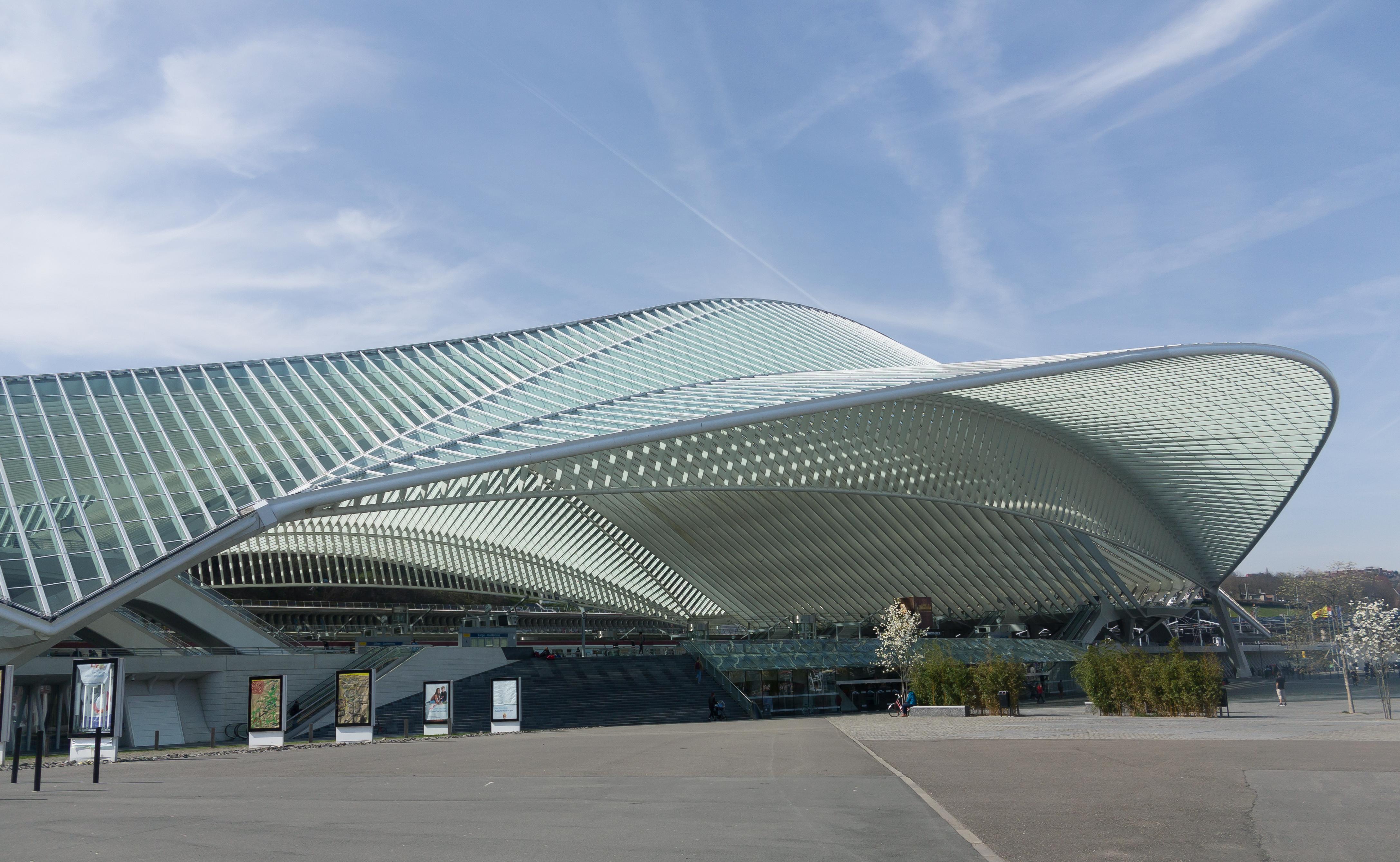
Liège-Guillemins Station in Belgium is a modern marvel of architecture, designed by the renowned architect Santiago Calatrava. Opened in 2009, the station's sweeping curves and transparent roof create a light-filled space that feels both futuristic and sacred. The station's design emphasizes openness and fluidity, offering travelers a sense of freedom and movement. Liège-Guillemins is not just a transportation hub; it is a cultural landmark that reflects the city's commitment to innovation and design. The station's ability to blend modernity with artistic expression makes it a unique and inspiring space for travelers. Its architectural beauty and significance in Belgian culture make it a beloved icon and a testament to the power of visionary design.
12. Union Station, Washington D.C., USA: A Nation's Grand Gateway
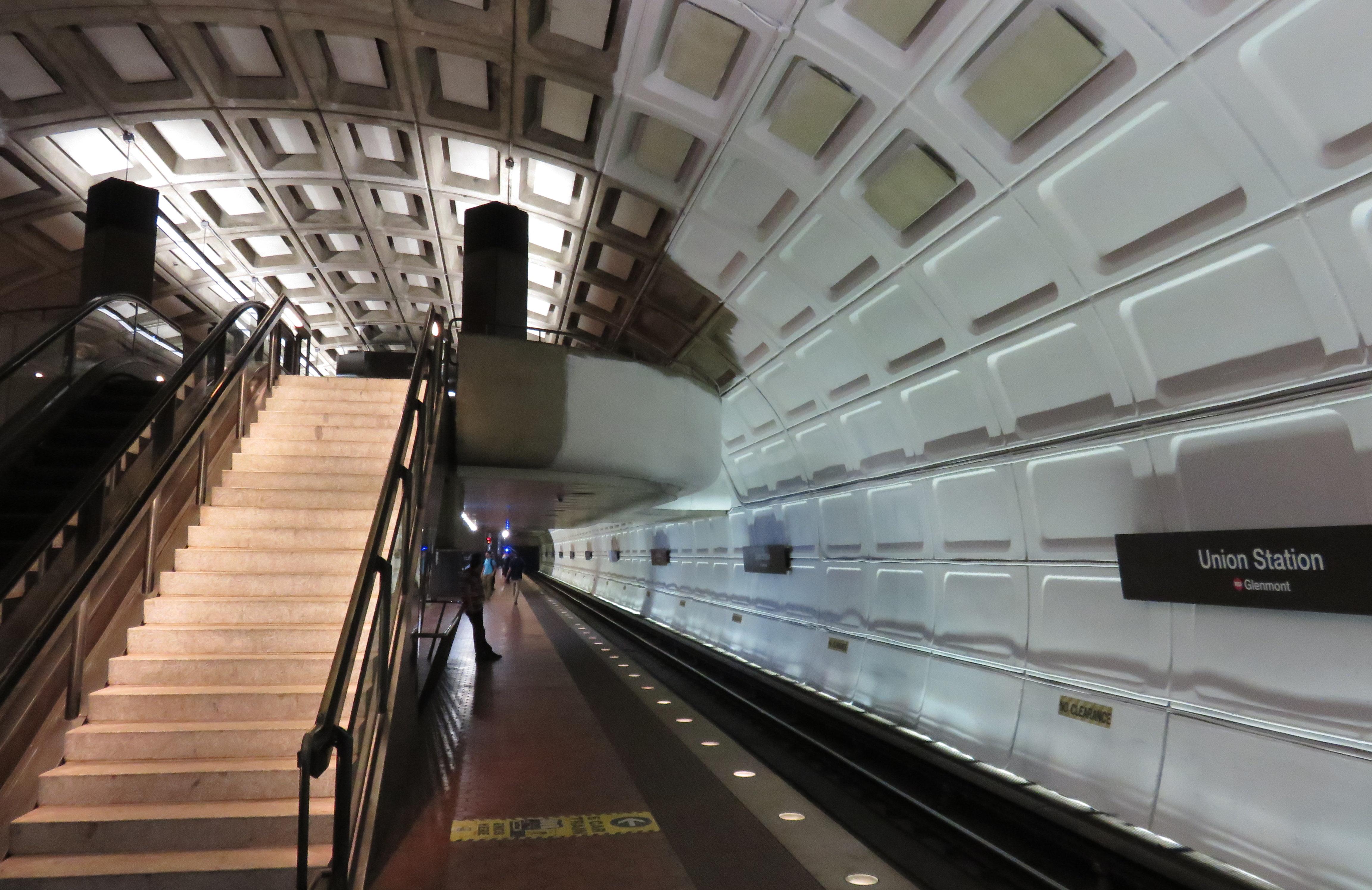
A triumphal Beaux-Arts masterpiece, Washington D.C.'s Union Station opened in 1907, designed by Daniel Burnham as a monumental gateway to the nation's capital. Its soaring vaulted ceilings in the Main Hall, coffered and adorned with gold leaf, echo the grandeur of Roman baths and basilicas. Colonnades of white marble, allegorical statues, and vast arched windows create an atmosphere of immense civic pride and timeless elegance. More than a transit hub, it’s a majestic public space, its scale and classical detailing designed to inspire awe in all who pass through its hallowed halls.
13. Keleti Railway Terminal, Budapest, Hungary: Eclectic Majesty
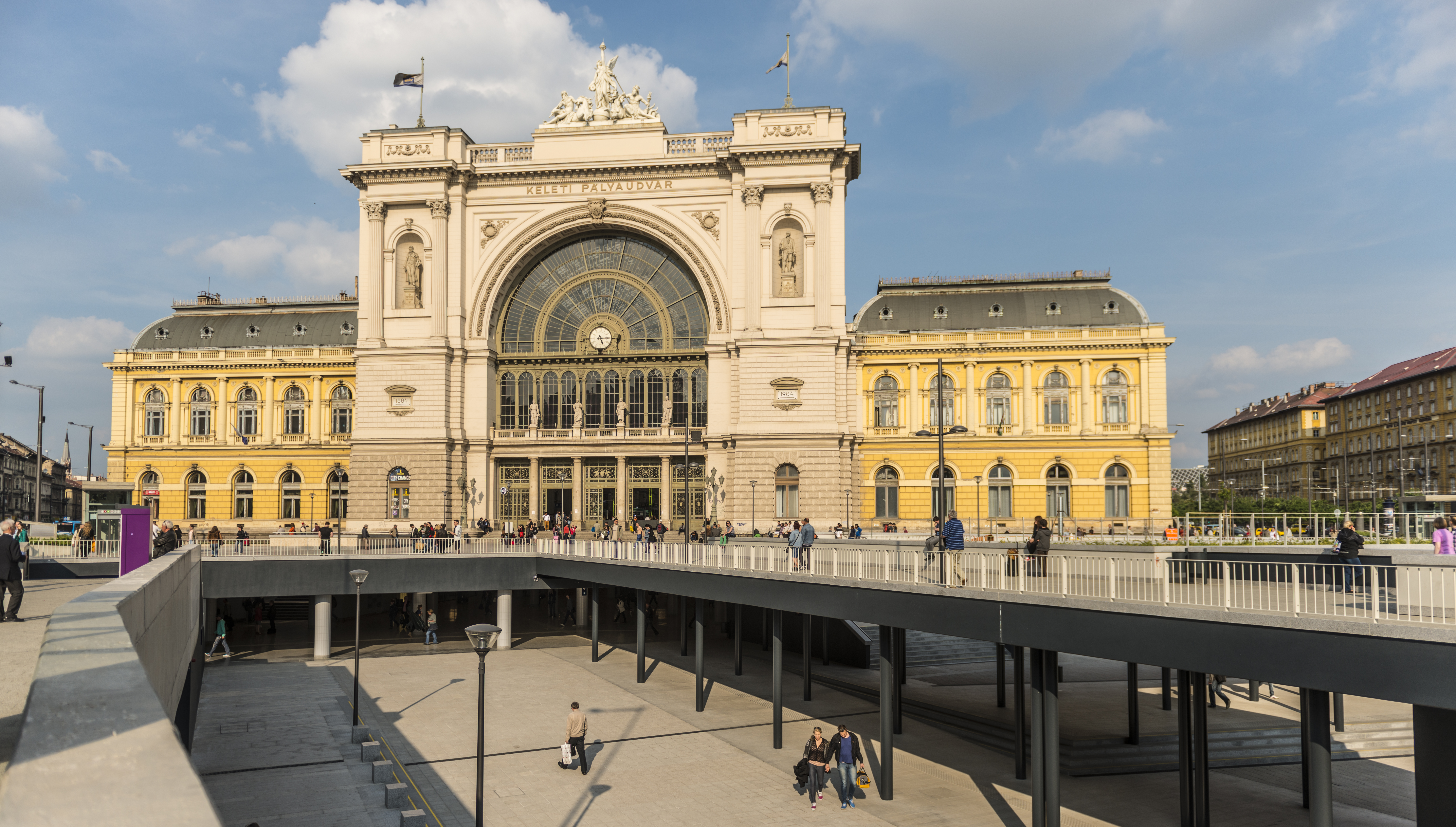
Budapest's Keleti (Eastern) Railway Terminal, constructed between 1881 and 1884, is a striking example of Eclectic architecture, blending Neoclassical and Renaissance Revival elements. Its magnificent facade is adorned with statues of James Watt and George Stephenson, pioneers of steam. Inside, the vast main hall features impressive frescoes and a grand sense of scale, with light streaming through large arched windows, reminiscent of a historic European cathedral's transept. Keleti stands as a proud monument to Hungary's 19th-century railway boom, a truly grand arrival point in the heart of Europe.
14. Estação da Luz, São Paulo, Brazil: Victorian Elegance in the Tropics
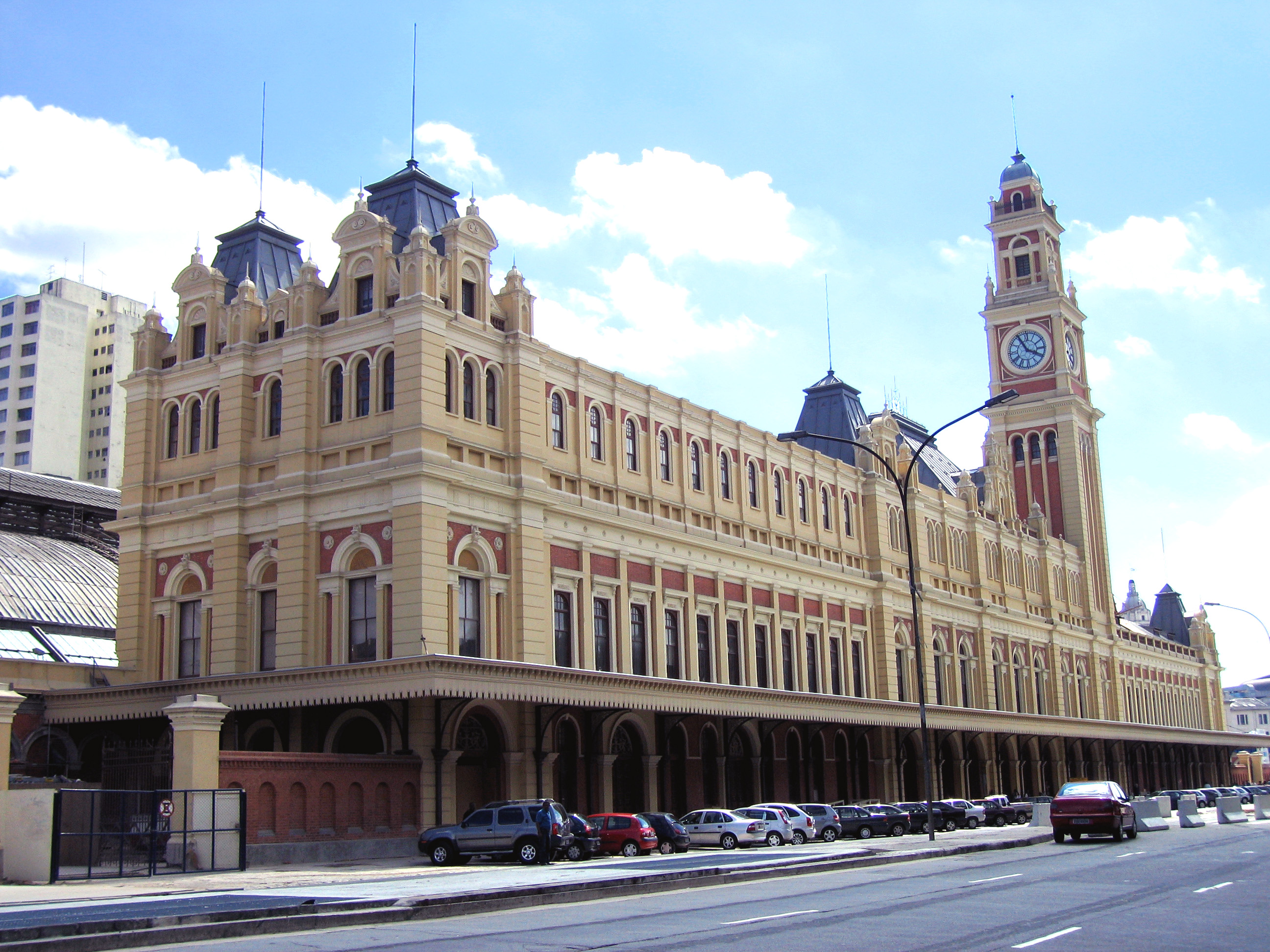
São Paulo's Estação da Luz (Station of Light), inaugurated in 1901, is an astonishing piece of Victorian English architecture transported to Brazil. Designed by Charles Henry Driver, its structure was largely manufactured in England and assembled in São Paulo. The station’s imposing clock tower and vast iron-and-glass train shed evoke the grandeur of London's great railway termini. It once served as a critical hub for coffee transportation and immigration, and its soaring, light-filled spaces continue to inspire a sense of arrival and historic importance, a true cathedral of industry and travel.
15. Flinders Street Station, Melbourne, Australia: An Edwardian Icon
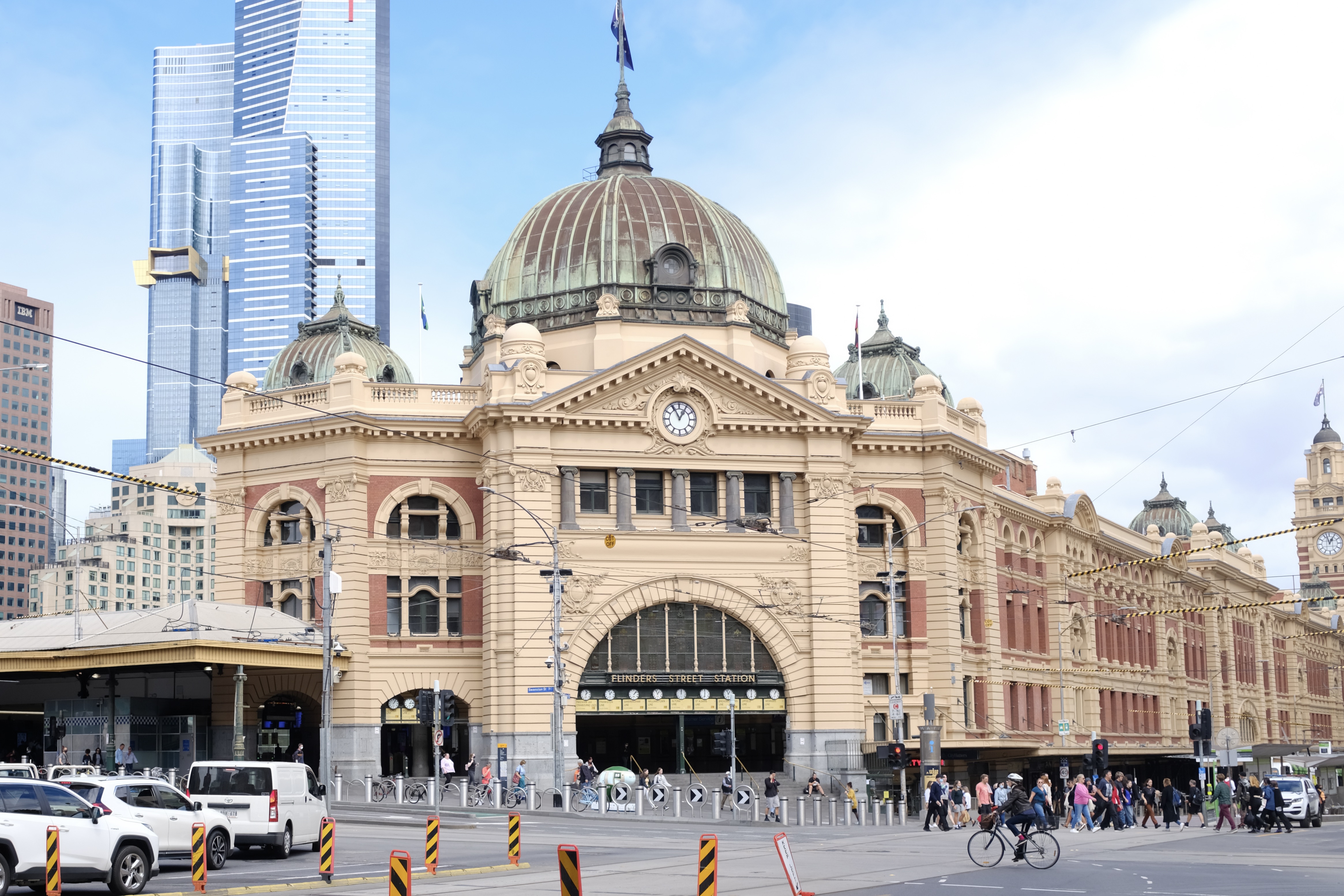
Melbourne's Flinders Street Station, with its distinctive copper dome, arched windows, and vibrant yellow facade, is an iconic landmark of Edwardian Baroque architecture. Opened in its current form in 1909, its grand entrance and sprawling main concourse have long been a central meeting place ("meet me under the clocks"). The sheer scale of the building and its ornate detailing give it a commanding presence, much like a civic cathedral. It stands as a beloved symbol of Melbourne, its historic platforms having witnessed generations of journeys and reunions.
16. Haydarpaşa Terminal, Istanbul, Turkey: Neoclassical Grandeur on the Bosphorus
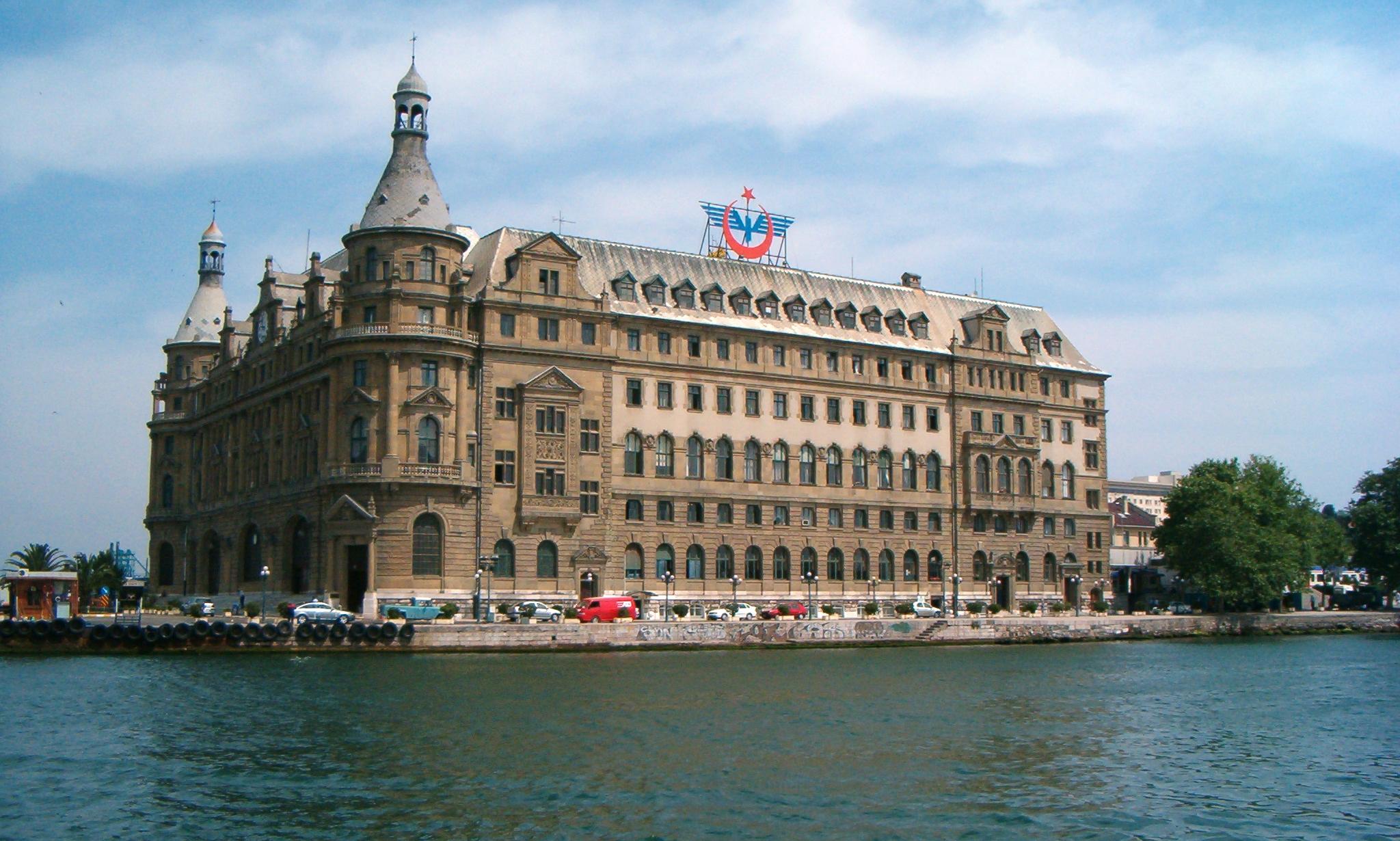
Haydarpaşa Terminal, standing majestically on the Asian shore of Istanbul at the edge of the Bosphorus, is a stunning Neoclassical edifice. Completed in 1909 by German architects, it served as the gateway to the East for the Ottoman Empire. Its imposing stone facade, twin towers, and grand interior spaces, including intricate stained-glass windows depicting Anatolian scenes, give it a palatial, almost sacred quality. Though currently undergoing restoration after a fire, its enduring architectural power makes it a landmark that truly feels like a temple to travel.
17. Dunedin Railway Station, New Zealand: The Gingerbread Masterpiece
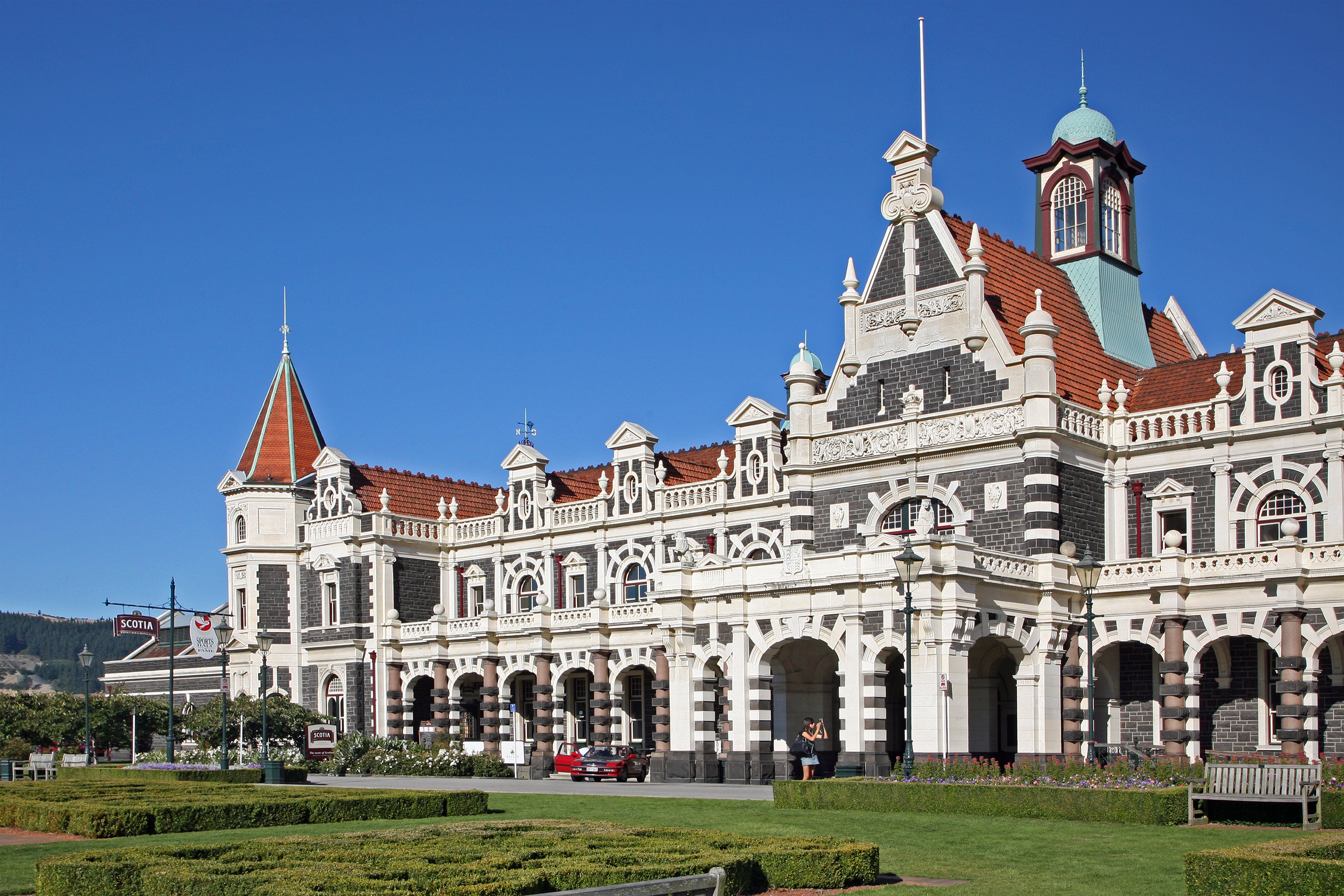
Often lauded as New Zealand’s most beautiful building, Dunedin Railway Station is an extravagant Flemish Renaissance-style masterpiece. Designed by George Troup, earning him the nickname "Gingerbread George," the station opened in 1906. Its highly ornate facade, constructed from dark basalt and lighter Oamaru stone, features intricate carvings, a soaring clock tower, and a mosaic-tiled booking hall floor. The lavish attention to detail and rich materials give it the opulent feel of a meticulously crafted cathedral, a truly unforgettable gem in the Southern Hemisphere.
18. Kuala Lumpur Railway Station, Malaysia: Moorish Fantasy
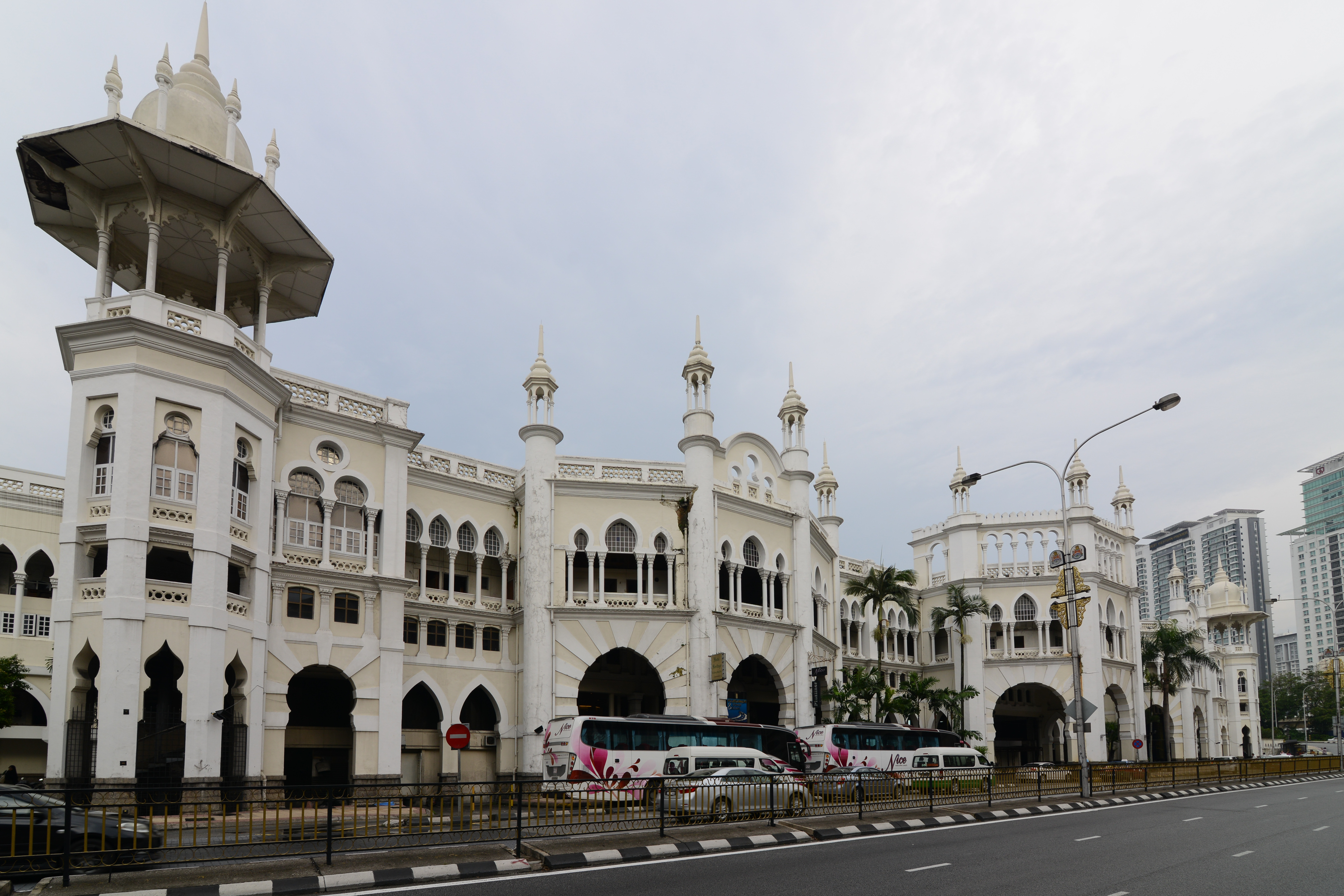
A breathtaking example of Indo-Saracenic (or Neo-Moorish) architecture, the old Kuala Lumpur Railway Station was completed in 1910. Designed by Arthur Benison Hubback, its whimsical array of domes, minarets, arches, and spires creates a fairytale-like vision reminiscent of an exotic palace or a grand mosque. The airy, light-filled platforms and intricate detailing throughout the structure provide a sense of wonder. Though no longer the city's main railway hub, it remains an architectural marvel, a beautiful testament to colonial-era design blending Eastern and Western influences.
19. Maputo Railway Station, Mozambique: Beaux-Arts Beauty in Africa
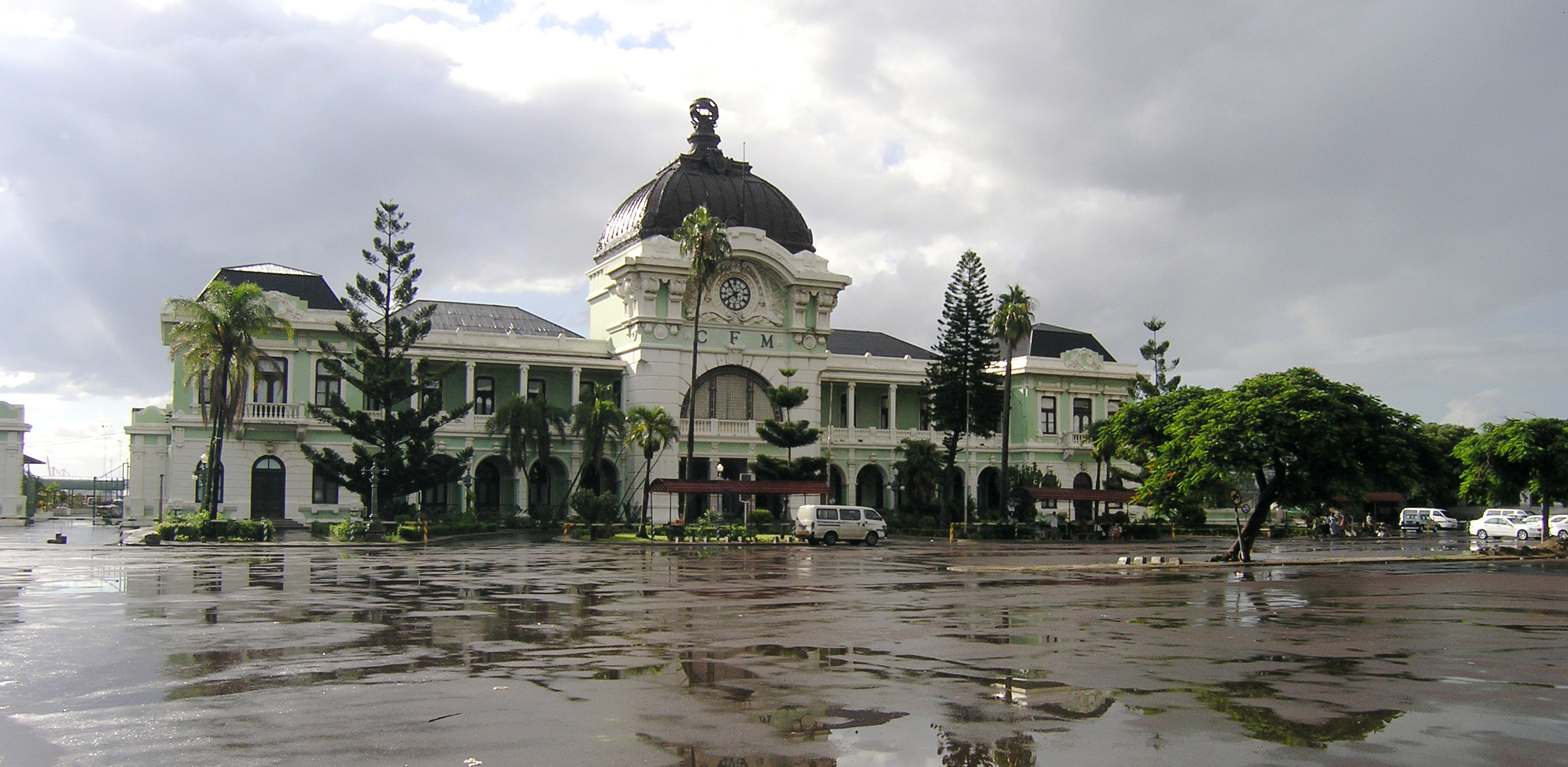
Often cited as one of Africa's most stunning railway stations, CFM Maputo Railway Station is an impressive Beaux-Arts structure. Designed by associates of Gustave Eiffel and completed in 1910, its striking mint-green exterior, grand dome, and wrought-iron latticework create an elegant and imposing presence. The interior details and proportions evoke a sense of early 20th-century European grandeur. It stands as a beautiful historical landmark and a functioning station, a testament to Maputo's rich architectural heritage and its past as a key port city.
20. Leipzig Hauptbahnhof, Germany: A Monument of Immense Scale
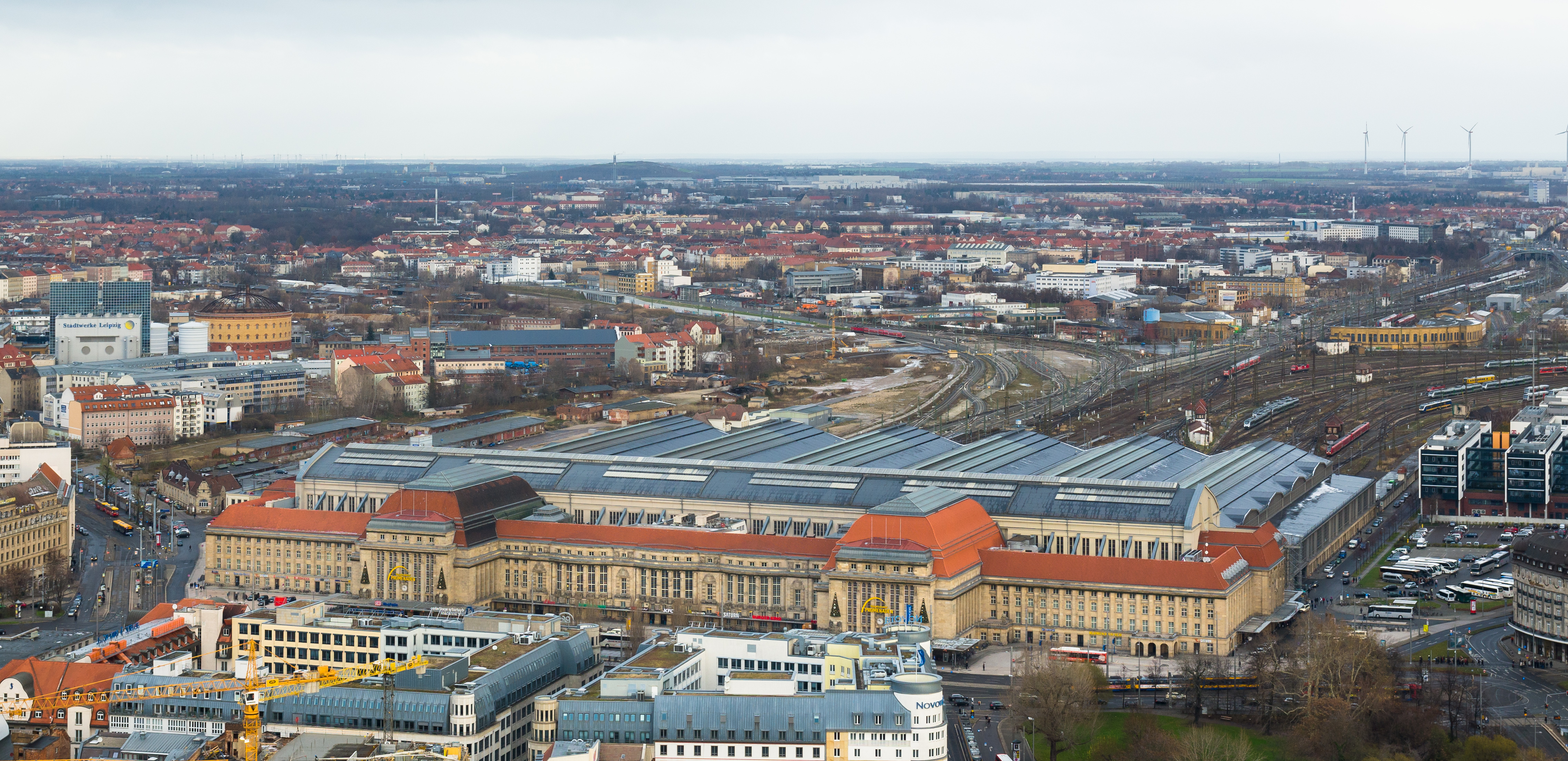
Leipzig Hauptbahnhof is one of Europe's largest terminal railway stations by floor area, a truly monumental structure. Opened in 1915, it boasts an imposing multi-arched facade stretching nearly 300 meters. Inside, its vast, light-filled concourses and multiple train sheds, supported by impressive steelwork, create an overwhelming sense of space and engineering prowess akin to entering a series of grand halls or naves. This station is not just about size; its classical detailing and sheer civic ambition make it a cathedral dedicated to the power of rail.
21. Sirkeci Terminal, Istanbul, Turkey: Terminus of the Orient Express
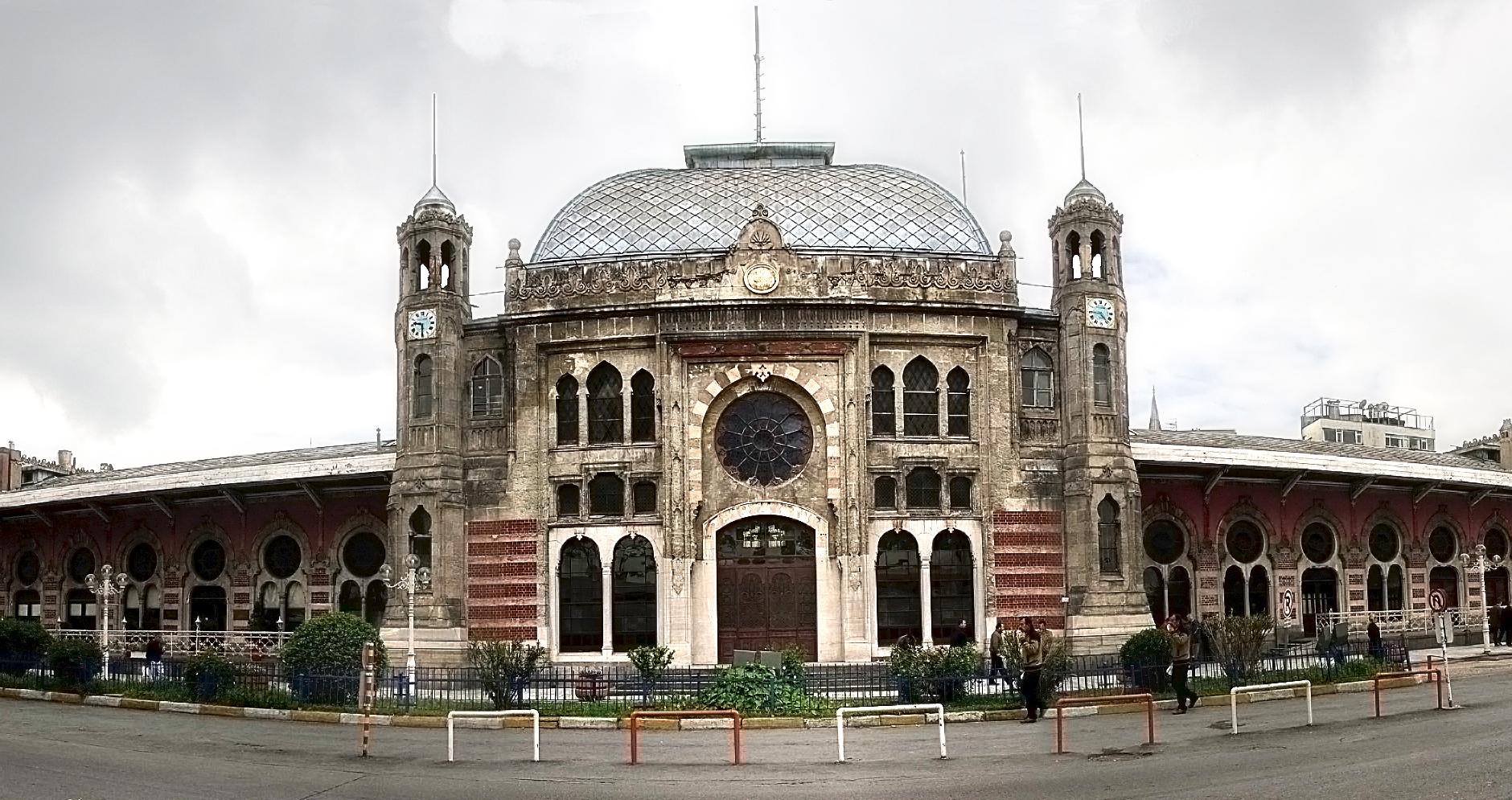
Istanbul's Sirkeci Terminal, opened in 1890, is steeped in the romance of long-distance travel, famously serving as the eastern terminus of the legendary Orient Express. Designed by Prussian architect August Jasmund in an Orientalist style, the station features vibrant stained-glass windows, intricate tilework, and a facade that blends European and Ottoman influences. Its waiting rooms and platforms once welcomed kings, spies, and authors. The rich history and ornate, almost mystical, interior details give Sirkeci a unique, cathedral-like ambiance, echoing with tales of adventure and intrigue.
The Timeless Allure of Architectural Masterpieces
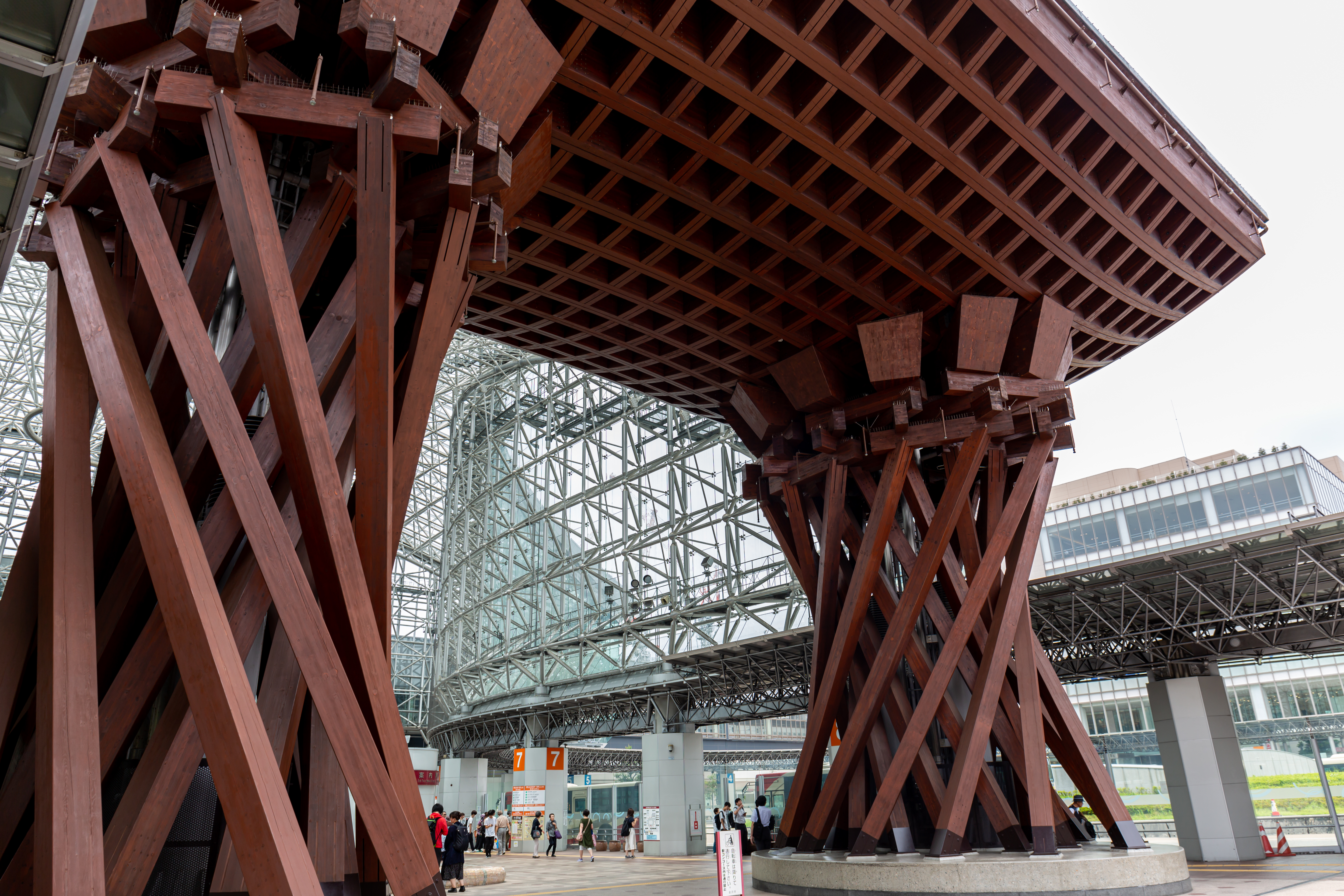
As we conclude our journey through these breathtaking train stations, it becomes evident that architecture has the power to transform ordinary spaces into extraordinary experiences. Each station, with its unique design and cultural significance, offers a glimpse into the soul of its city and country. These architectural masterpieces invite us to pause, reflect, and appreciate the artistry that surrounds us in our daily lives. They remind us that travel is not just about reaching a destination but also about experiencing the beauty and wonder along the way. As we continue to explore the world, may we always find inspiration in the majestic cathedrals of travel that stand as testaments to human creativity and ingenuity.

